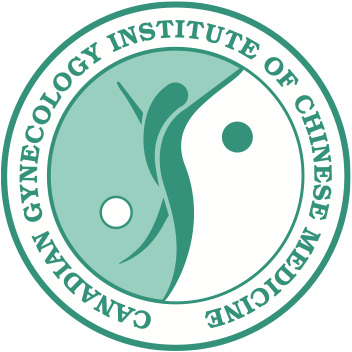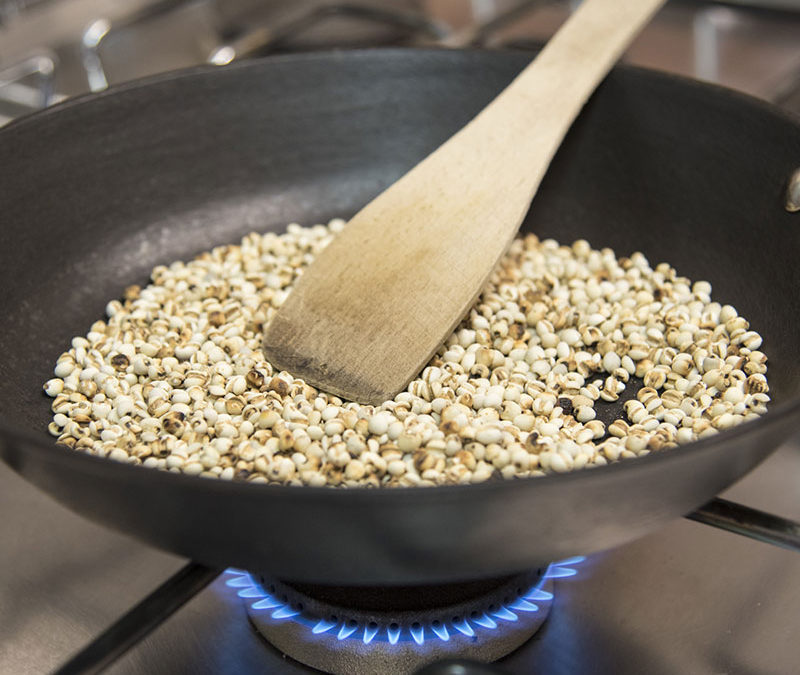Introduction to Herbal Processing
Herbs are amazing, and what makes them even amazing is that when you process them with heat they change chemically and have different effects on the body. The processing of herbs is called Pao Zhi in Chinese.
Preparations are guided by TCM theory and the nature of the herbs themselves. Herbs that are grown in fields must go through three processes before their use in clinic.
- Freshly harvested herbs must promptly be cleaned: their sediments and impurities must be removed.
- The herbs must be dried. At this point the herbs are in an uncooked state, known as Sheng Yao.
- Occasional extra processing, known as Pao Zhi. Some herbs hold on to sedimentation and impurities, others are too large, and still others are toxic and cannot be used directly, thus further processing is required. Moreover, specific process does achieve different effect of the herb.
Pao Zhi Methods
There are various methods of processing the herbs in Chinese Medicine, each with a different function, but before the herbs can be processed, the herb must be specially selected for quality, and the useless parts of the plants are removed by cutting, rinsing, scraping, brushing, digging out, etc.
Herb preparation methods have standard requirements to ensure they have been cooked enough but not overcooked. There is a traditional saying: “if it is not cooked enough, it is toxic still and it is difficult to obtain the best efficacy, while if it is cooked too long, its efficacy is lost.” In this class, not only we will learn Pao Zhi methods and its standards requirements, but also some hands-on demonstration to grasp some Pao Zhi skills.
Softening
Some herbs are also cut in to a specific shape, and for this to be easy they must be first softened. After softening they are cut, chopped, ground or sliced.
Water Softening
- Regular Softening: this is a leaching method which employs washing, soaking and moistening.
- Special Softening: the herbs are softened with warm/hot water, dry heat, or alcohol.
Preparation with Fire: Stir-Frying
- Stir-Frying without Adjuvants (Qing Chao): the herbs are fried in a wok with nothing else. They can be fried until they are yellow (Chao Huang), until they are scorched (Chao Jiao), or until they are carbonized (Chao Tan).
- Stir-Frying with Adjuvants: this can modify the herb’s nature, change its tropism, reinforce an action, or reduce toxicity or side effects.
- With Solids: herbs can be fried with wheat bran, rice, earth, powdered Concha Cyclinae (Hai Ge Ke Fen), powdered alumen (Bai Fan), or talcum (Hua Shi).
- With Liquids/Mix-Frying (Zhi Fa): herbs can be coated and cooked with honey, rice vinegar, rice wine, salt water, ginger juice, oil, licorice, black soybean, bile, milk, etc.
- Calcination (Duan Fa): this includes open calcination (Ming Duan) and sealed pot calcination (An Duan).
- Roasting (Wei Fa): herbs can be roasted in wet paper, rice flower paste, or wheat bran.
Preparation with Water & Fire
- Steaming (Zheng Fa): herbs can be steamed with vinegar or black beans.
- Boiling (Zhu Fa): herbs are boiled with water, rice wine, vinegar, licorice, tofu, or daikon.
Other Methods of Preparation
- Fermentation (Fa Jiao Fa): herbs are fermented.
- Germination (Fa Ya Fa): grain or seed herbs are germinated.
- Frost (Zhi Shuang Fa): the crystalized frost is collected from the herbs.
- Aqueous Trituration (Shui Fei Fa): minerals and shells become a fine powder.

